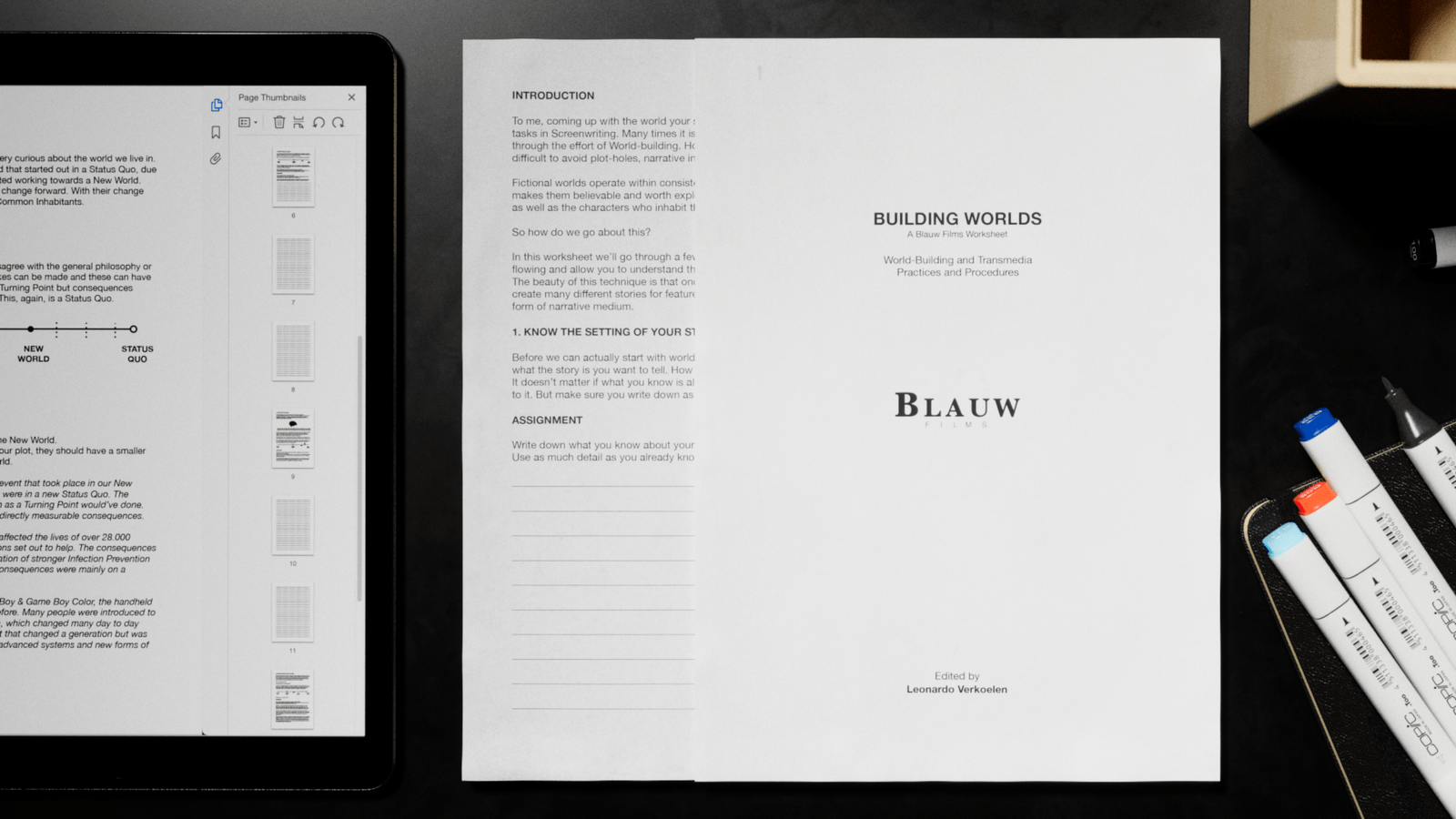How to Store and Archive Works on Paper?
Preserving Fine Art Prints and Posters
Blauw Films

Proper storage and archiving of fine art prints and posters are essential to preserving their quality, preventing damage, and ensuring their longevity. Whether you are a collector, an artist, or simply want to keep your prints in the best condition, following archival best practices can help protect them from fading, creasing, and deterioration over time.
Best Practices
1. Protecting Against Light and UV Exposure
Exposure to direct sunlight or harsh artificial light can cause prints to fade and paper to deteriorate. To prevent this:
- Store prints in a dark, cool, and dry environment.
- If displaying, use UV-protective glass or acrylic in frames.
- Rotate displayed prints periodically to reduce long-term light exposure.
2. Choosing the Right Storage Materials
Using acid-free and archival-quality materials is crucial to prevent paper degradation. Consider:
- Archival Sleeves or Folders – Clear, acid-free plastic sleeves or paper folders protect prints from dust, moisture, and handling damage.
- Flat Storage vs. Rolled Storage – Flat storage is ideal for fine art prints to avoid curling, while posters can be carefully rolled and placed in archival tubes for space-saving storage.
- Interleaving with Acid-Free Tissue Paper – Placing tissue paper between stacked prints prevents ink transfer and surface scratches.
3. Controlling Humidity and Temperature
Paper is highly sensitive to environmental conditions, so it’s important to maintain stable storage conditions:
- Keep prints in a cool, dry place with humidity levels between 40–50% to prevent warping or mold growth.
- Avoid basements, attics, or areas prone to moisture fluctuations.
- Use silica gel packs or dehumidifiers in storage areas to control excess humidity.
4. Handling Prints with Care
- Use Cotton Gloves – Oils and dirt from hands can cause stains and long-term damage.
- Hold by the Edges – Always lift prints from the edges rather than touching the surface directly.
- Avoid Excessive Handling – Frequent handling increases the risk of smudging, tearing, or creasing.
5. Long-Term Archival Solutions
For serious collectors or those preserving valuable prints, consider:
- Archival Boxes – Sturdy, acid-free boxes provide optimal protection against dust, light, and environmental changes.
- Flat File Cabinets – Ideal for large print collections, keeping works safely stored and easily accessible.
- Climate-Controlled Storage – If storing valuable or rare prints, a temperature- and humidity-controlled space ensures optimal preservation.

Conclusion
Proper storage and archival care not only maintain the integrity of your prints but also help retain their artistic and financial value over time. Whether for personal enjoyment or future investment, handling works on paper with care ensures they remain in excellent condition for generations.




























































































.jpg)





.jpg)

.jpg)






.png)


0 Comments